When it comes to the world of semi-trailers, understanding the intricacies of maneuvering equipment like the SEI Dump Pup Trailer can greatly enhance operational efficiency and safety. In this comprehensive guide, we will examine the steps, tips, and best practices for effectively dumping a SEI Dump Pup Trailer. Our focus will be not just on the how-to but also on addressing potential challenges and emphasizing safety measures that all operators should consider.
Table of Contents
- Understanding the SEI Dump Pup Trailer
- Pre-Dump Preparations
- Step-by-Step Guide to Dumping
- Common Issues and Solutions
- Safety Measures
- Maintenance Tips for SEI Dump Pup Trailers
- Conclusion
Understanding the SEI Dump Pup Trailer
The SEI Dump Pup Trailer is a versatile piece of equipment commonly used in construction and hauling operations. Its design allows for efficient unloading of materials such as gravel, sand, dirt, and debris. A standard dump pup trailer is generally connected to a primary truck and can enhance load capacity significantly, making it a favorite among contractors and transportation companies.
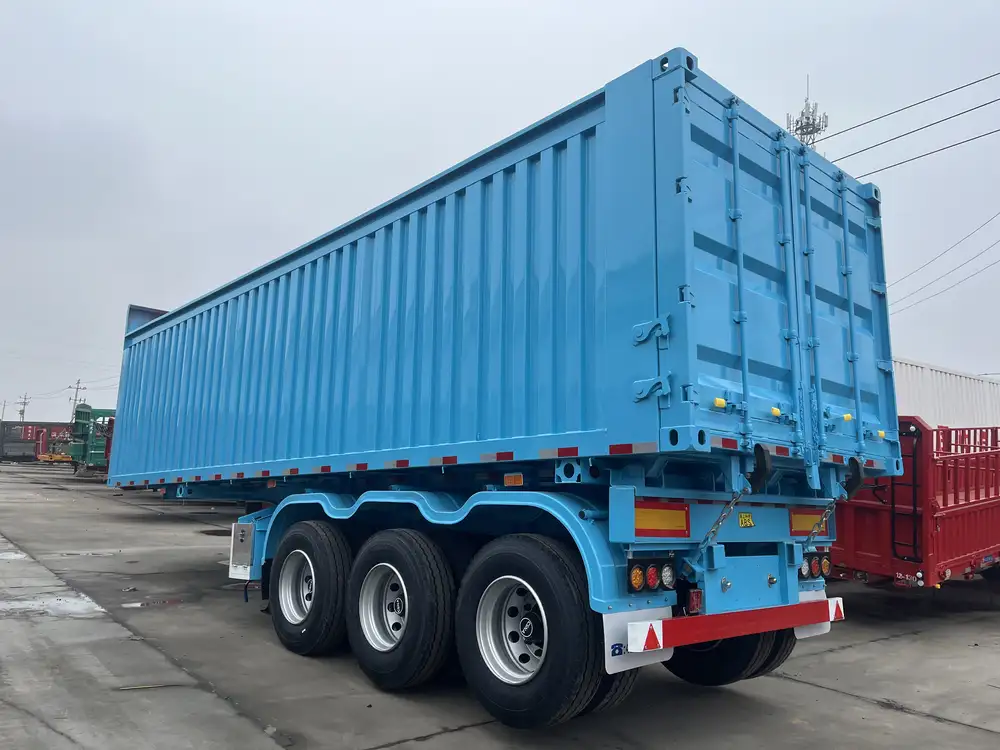
Key Features
| Feature | Description |
|---|---|
| Lightweight Design | Enhances fuel efficiency without sacrificing strength. |
| Hydraulic System | Allows for efficient and controlled dumping operations. |
| Durable Materials | Crafted from high-strength steel for longevity. |
| Versatile Capacity | Suitable for diverse materials, from heavy aggregates to lighter debris. |
These features are central to the SEI Dump Pup Trailer’s efficacy. Understanding these attributes will aid operators in leveraging the trailer’s full potential.
Pre-Dump Preparations
A successful dumping operation begins long before the actual discharge of the load. Proper preparations cannot be overstated.
Check Your Equipment
Before attempting to dump, inspect the following:
- Hydraulic System: Ensure that there are no leaks, and that the hydraulic fluid is at the appropriate level.
- Chassis and Suspension: Check for any signs of wear or damage that may affect stability.
- Tires: Verify proper inflation and tread condition to maintain traction and prevent blowouts.
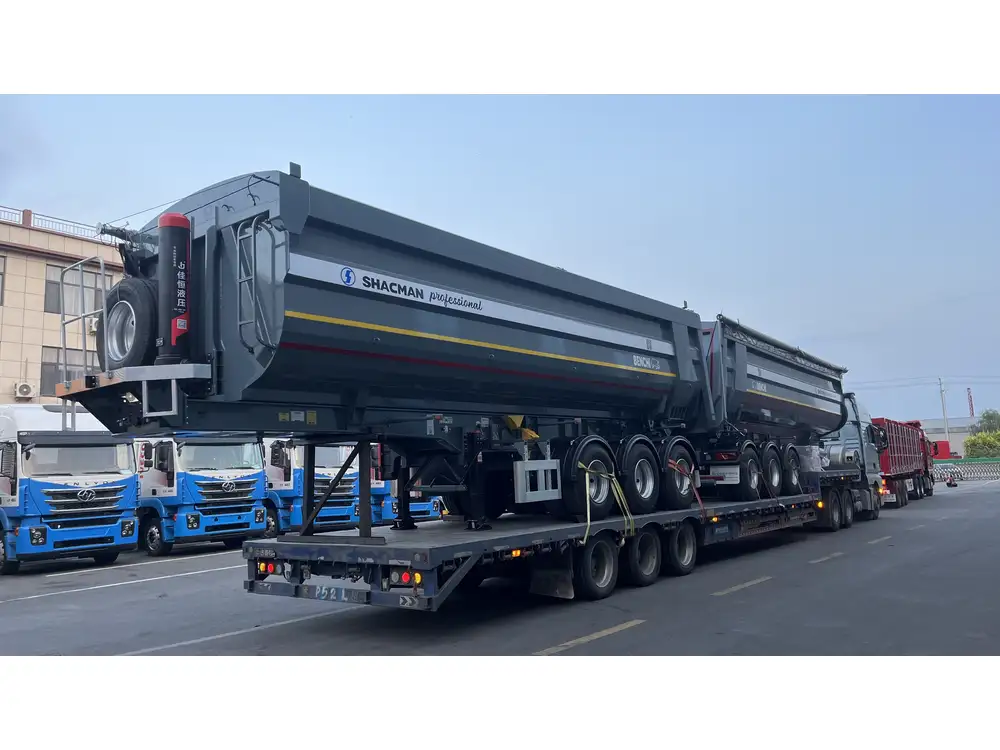
Selecting a Dumping Location
Choosing the right dump site is crucial. Consider the following:
- Ground Stability: Ensure the ground is solid enough to support the trailer when unloading. Soft or uneven ground can lead to tipping.
- Obstructions: Identify any overhead wires or nearby structures that may interfere with the dumping process.
Load Assessment
Understanding the load you’re about to dump is essential. Heavy or unevenly distributed loads can pose risks during dumping. Make sure to:
- Assess the load type and weight.
- Confirm the load is evenly distributed within the trailer.
Step-by-Step Guide to Dumping
Performing the dump operation should follow a series of structured steps. Here’s how to do it correctly:
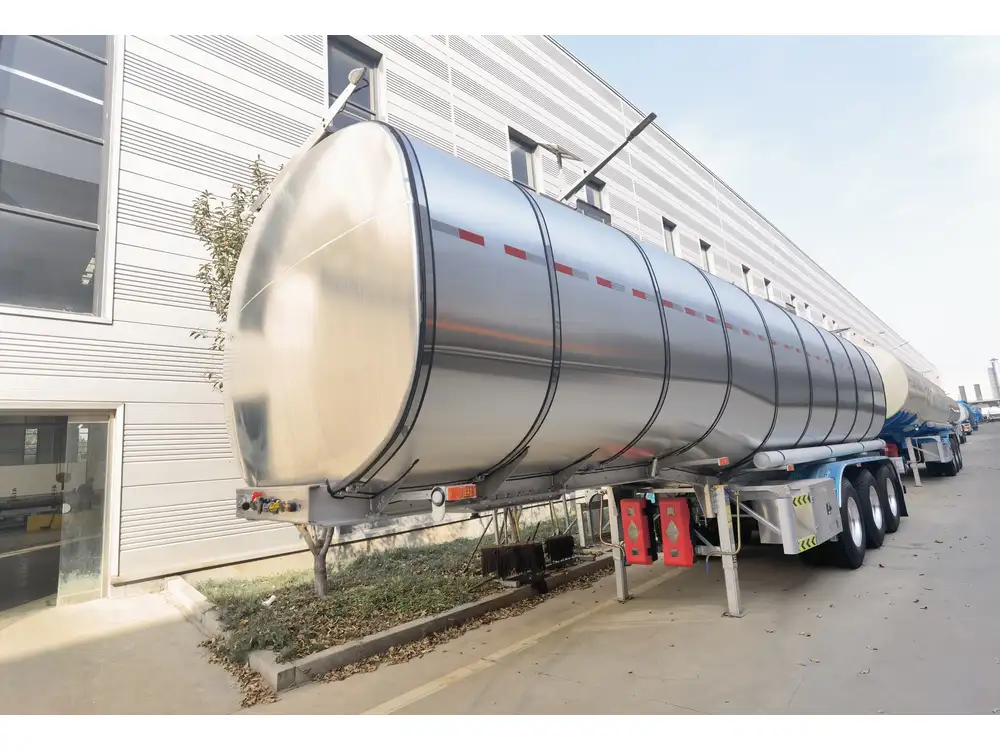
Step 1: Positioning
Park the truck and trailer on a flat and stable surface. Engage the parking brake to prevent any movement during the dump.
Step 2: Engage the Dump Mechanism
With the trailer in the correct position:
- Locate the Control Switch: Usually found within the truck cab, this switch controls the hydraulic lift mechanism.
- Activate the Hydraulic System: Gently push the switch to raise the trailer. Monitor for any unusual sounds or movements.
Step 3: Dumping the Load
- Once elevated, keep a close eye on the load as it begins to shift.
- Adjust the trailer angle to guide the material. This is particularly important when unloading large or heavy debris.
- Allow the load to completely empty before lowering the trailer back down.
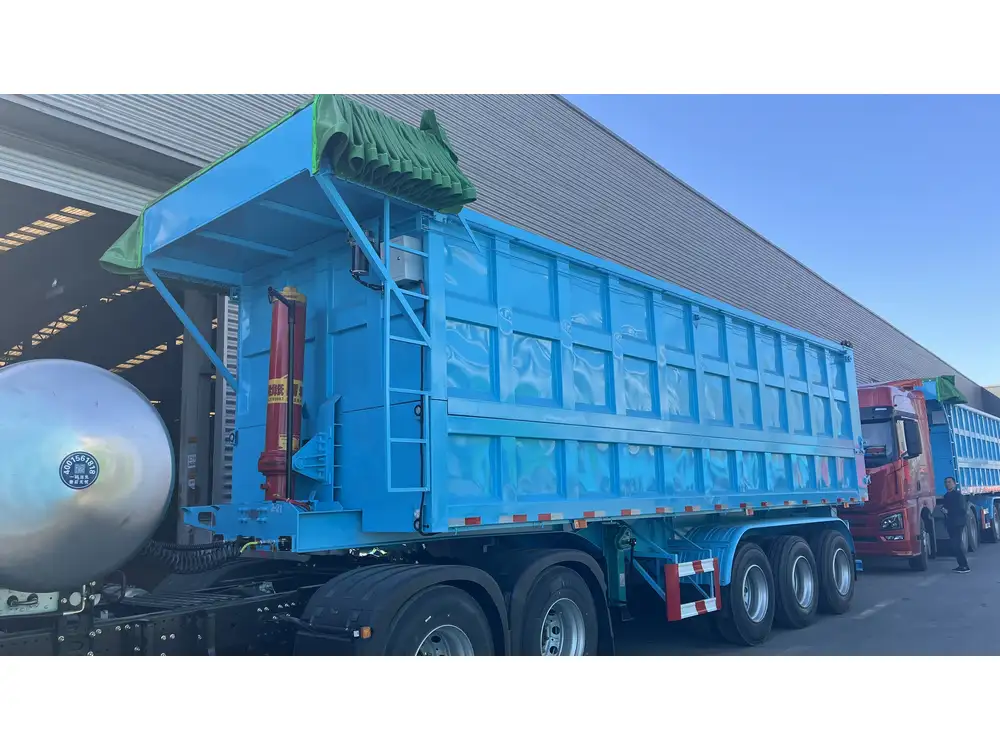
Step 4: Return the Trailer to Neutral Position
Once the dump is complete, slowly pull the control switch to lower the trailer back down. Ensure that the tray comes to rest on a level surface before disengaging the hydraulic lift.
Common Issues and Solutions
Even with careful operation, issues may arise during the dumping process. Here are some common problems along with solutions:
| Problem | Potential Cause | Solution |
|---|---|---|
| Hydraulic Lift Fails | Low fluid or leaks | Check hydraulic fluid levels and inspect for leaks. Refill or repair as needed. |
| Trailer Tipping | Uneven weight distribution | Always ensure even load distribution before dumping. |
| Slow or No Dumping Action | Faulty control switch | Test the switch functionality. Replace if necessary. |
| Jamming During Dump | Material blockages | Stop the lifting process and check for blockages. Clear any obstructions before retrying. |
Recognizing the signs of these common issues can save time and prevent danger during operations.
Safety Measures
Safety is the bedrock of any operational procedure, especially when dealing with heavy machinery. Implement these safety precautions:

Operator Training
- Certification: Ensure all operators are certified and trained in the operation of dump trailers.
- Safety Briefings: Conduct regular safety meetings to discuss potential hazards, equipment operation, and emergency procedures.
Personal Protective Equipment (PPE)
- Hard Hats: Protect against falling debris.
- Steel-Toed Boots: Prevent injuries from heavy equipment and materials.
- Gloves: Essential for handling materials and securing loads.
Emergency Procedures
- Identify Emergency Stops: Operators should be familiar with the location and function of emergency stops on the hydraulic system.
- First Aid Training: Enforce basic first aid training for all operators and staff on-site.

Maintenance Tips for SEI Dump Pup Trailers
Regular maintenance not only prolongs the life of your SEI Dump Pup Trailer but also enhances safety. Adhere to the following maintenance recommendations:
Daily Inspections
- Check for visible leaks in the hydraulic system.
- Inspect tires for proper inflation levels and any signs of wear.
Monthly Maintenance
- Perform a thorough inspection of the trailer’s chassis, ensuring all bolts and connections are secure.
- Clean the hydraulic system and inspect the controls for functionality.
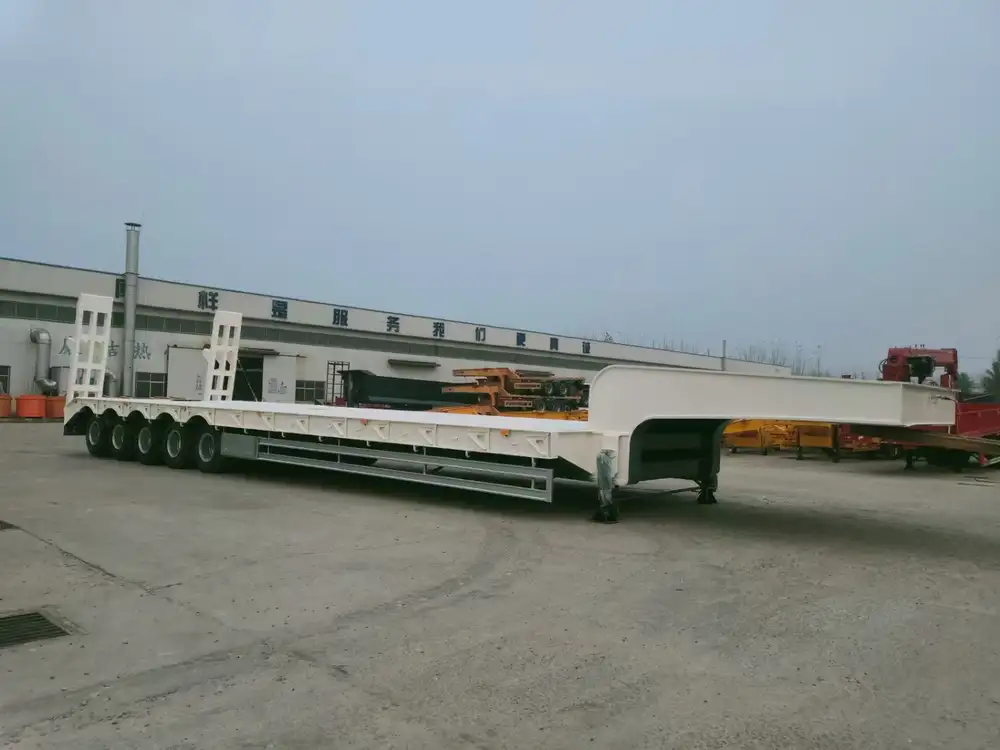
Annual Servicing
- Schedule professional servicing to examine hydraulic components, brakes, and electrical systems to ensure everything meets operational standards.
Conclusion
Mastering the art of dumping a SEI Dump Pup Trailer encompasses a combination of technical know-how, safety awareness, and routine maintenance. Operators who equip themselves with the right knowledge and skills will not only enhance their efficiency but also ensure a safer working environment.
By following the outlined steps and maintaining a proactive approach to safety and maintenance, you can effectively optimize your operations and mitigate risks associated with trailer dumping. The SEI Dump Pup Trailer can be an asset—when used correctly, it serves as a reliable partner in your transportation endeavors.



